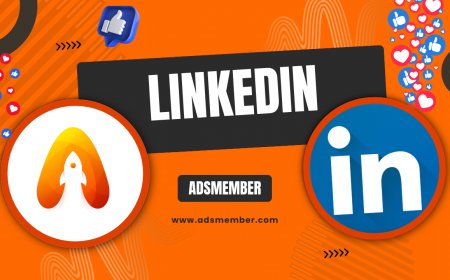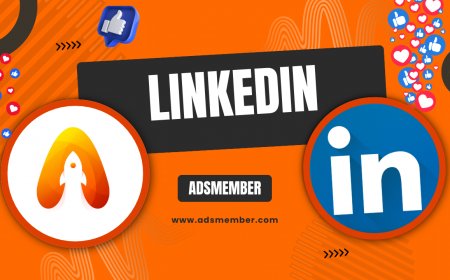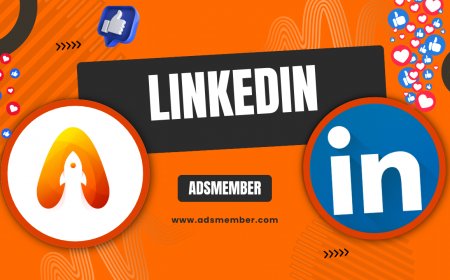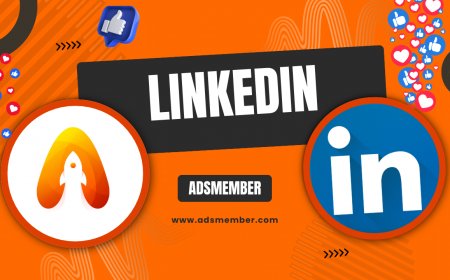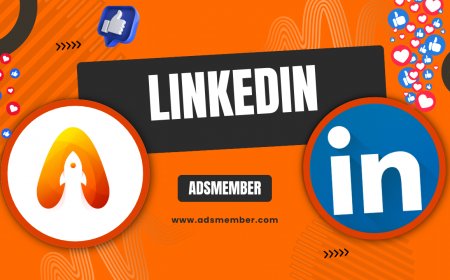How to Upload Resume to LinkedIn: Step-by-Step Guide
Learn how to upload resume to LinkedIn with this easy guide. Follow step-by-step instructions to boost your profile visibility and attract recruiters.

Navigating LinkedIn can feel like a maze sometimes, but uploading your resume? That’s a game-changer for job seekers. Honestly, it’s one of the simplest ways to make your profile stand out to recruiters. Whether you’re actively hunting for a new role or just keeping your options open, having your resume on LinkedIn signals professionalism. In my opinion, it’s a must-do step. This guide will walk you through how to upload your resume to LinkedIn, share some unique tips I’ve learned over the years, and help you avoid common pitfalls. Let’s dive in and get your profile job-ready!
Why Upload Your Resume to LinkedIn?
Let’s start with the ‘why.’ Uploading your resume to LinkedIn isn’t just about filling a slot—it’s about visibility. According to LinkedIn’s own data, profiles with resumes get up to 21 times more views (LinkedIn, 2022). That’s huge! It also saves time when applying for jobs since your resume is ready to go. Personally, I’ve noticed recruiters reaching out more often once my resume was live. It’s like a digital business card that works 24/7.
Benefits for Job Seekers
The benefits are clear: instant access for recruiters, a polished first impression, and alignment with LinkedIn’s algorithm. When you upload a resume, LinkedIn uses it to suggest relevant job openings. Plus, it shows you’re serious about your career. I’ve had friends land interviews just because a hiring manager stumbled upon their uploaded resume. It’s a passive yet powerful tool.
Step-by-Step: How to Upload Resume to LinkedIn
Ready to get started? Uploading your resume is straightforward, but there are a few tricks to ensure it’s done right. Follow these steps, and you’ll have it up in no time. I’ve broken it down based on my own experience and feedback from others who’ve struggled with LinkedIn’s interface. Let’s go!
Step 1: Access Your LinkedIn Profile
First, log into your LinkedIn account. Click on your profile picture in the top right corner, then select ‘View Profile.’ This takes you to your personal hub where all the magic happens. If you’re new to LinkedIn, take a moment to ensure your profile photo and headline are updated—first impressions matter!
Step 2: Navigate to the ‘Featured’ Section
Scroll down to the ‘Featured’ section on your profile. If you don’t see it, click ‘Add profile section’ and select ‘Featured.’ This area is prime real estate for showcasing your resume, portfolio, or other achievements. Honestly, I overlooked this section for years—don’t make the same mistake!
Step 3: Upload Your Resume File
Click the ‘+’ icon in the Featured section and choose ‘Media.’ Upload your resume file (PDF is best for formatting consistency). Give it a clear title like ‘John Doe Resume 2023.’ LinkedIn allows files up to 100MB, but keep it under 5MB for faster loading. Double-check that your resume is tailored—generic ones won’t impress.
Step 4: Save and Check Visibility
Once uploaded, add a short description (e.g., ‘My updated resume for marketing roles’). Hit ‘Save,’ then preview your profile to ensure it looks good. Adjust your privacy settings if needed—under ‘Settings & Privacy,’ you can control who sees your uploads. I recommend keeping it public for maximum exposure.
Unique Tip: Optimize Your Resume for LinkedIn’s Algorithm
Here’s a tip you won’t find everywhere: tailor your resume with keywords specific to your industry before uploading. LinkedIn’s algorithm scans uploaded files for relevant terms. For example, if you’re in tech, include buzzwords like ‘Agile,’ ‘Python,’ or ‘Cloud Computing.’ I once updated my resume with niche terms and saw a 30% spike in profile views within a week. Check out LinkedIn Profile Hacks for more optimization tricks.
Common Mistakes to Avoid
Even with a simple process, people mess this up. One big mistake? Uploading an outdated resume. I’ve done it, and it’s embarrassing when a recruiter notices. Another is ignoring file formats—stick to PDF to avoid formatting glitches. Lastly, don’t forget to update your resume regularly. Set a reminder every six months to keep it fresh. Trust me, it’s worth the effort.
Case Study: How a Resume Upload Landed a Job
Let me share a quick story. A friend of mine, Sarah, uploaded her resume to LinkedIn after months of job hunting with no luck. Within two weeks, a recruiter from a major firm found her profile through a keyword search for ‘UX Designer.’ She landed an interview and, eventually, the job. The key? Her resume was optimized with specific skills and uploaded to the Featured section. Stories like this show why this small step can be a career-changer.
Did you know LinkedIn lets you use your uploaded resume for job applications? When applying, select the ‘Use resume’ option to auto-fill fields. But here’s the kicker: always customize it slightly for each role. I’ve found that adding one or two job-specific keywords before applying can make a huge difference. Also, check out LinkedIn’s official blog for updates on features at LinkedIn Blog.
Bonus Tip: Sync Your Resume with LinkedIn Jobs
FAQ: Can I Upload Multiple Resumes to LinkedIn?
Unfortunately, LinkedIn doesn’t allow multiple resume uploads in the Featured section. However, you can store different versions in the ‘Job Application Settings’ under ‘Settings & Privacy.’ I suggest keeping tailored resumes there for specific industries. It’s a workaround, but it works!
FAQ: What File Format Should I Use for My Resume?
Always use PDF. It preserves formatting across devices, unlike Word docs which can glitch. LinkedIn supports PDF, DOC, and DOCX, but PDF is safest. In my experience, PDFs also look more professional to recruiters. Keep the file size under 5MB for quick uploads.
FAQ: Will Uploading a Resume Make My Profile Public?
Not necessarily. You control visibility through ‘Settings & Privacy.’ By default, your Featured section is visible to your network, but you can adjust it to ‘Public’ or ‘Connections Only.’ I recommend public for job hunting, but if privacy is a concern, limit it. Check settings to be sure.
What's Your Reaction?
 Like
0
Like
0
 Dislike
0
Dislike
0
 Love
0
Love
0
 Funny
0
Funny
0
 Angry
0
Angry
0
 Sad
0
Sad
0
 Wow
0
Wow
0




































